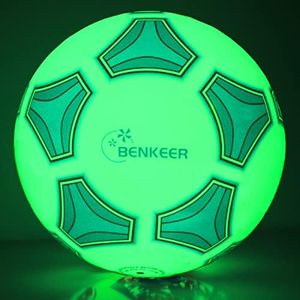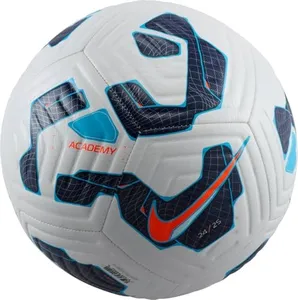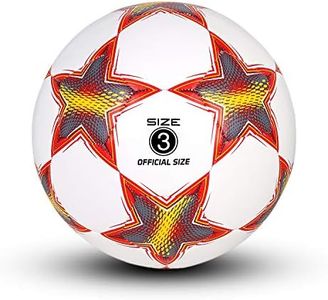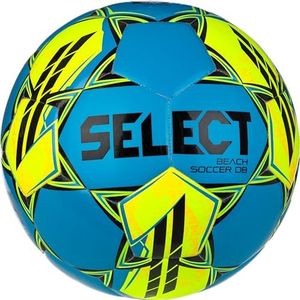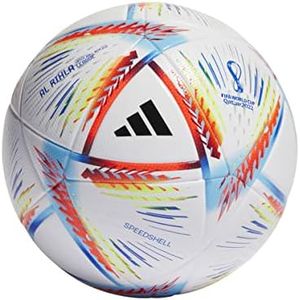We Use CookiesWe use cookies to enhance the security, performance,
functionality and for analytical and promotional activities. By continuing to browse this site you
are agreeing to our privacy policy
10 Best Soccer Balls
From leading brands and best sellers available on the web.Buying Guide for the Best Soccer Balls
Choosing the right soccer ball can make a big difference in how much you enjoy playing, and even help improve your skills. It’s important to match the ball you buy with your own needs, whether that’s casual games, practice, or serious competition. The main things to look at when shopping for a soccer ball are its size, material, construction, and intended use. By understanding these features, you can pick a ball that feels just right and lasts longer.SizeSoccer balls come in several sizes, usually ranging from size 1 (mini) up to size 5 (adult full-size). The size affects how easy it is to control, kick, and carry around. Younger children often use smaller sizes (size 3 or 4), while teenagers and adults use size 5. If you’re buying for a child, check their age group recommendation, but also consider what they’re comfortable with. For casual play, you might choose a slightly smaller or lighter ball for easier handling. The key is to pick a size that matches the player’s age and skill level.
Material (Cover)The outer cover of the soccer ball is made from different materials like PVC (polyvinyl chloride), PU (polyurethane), or synthetic leather. PVC balls tend to be more affordable and durable, making them suitable for beginners and outdoor play. PU and synthetic leather covers offer a softer touch and better control, which is great for advanced players or those who play indoors or on smooth fields. When choosing, think about where and how often you’ll use the ball; for training or rough surfaces pick a tougher material, for matches or skilled practice, a softer material can feel nicer.
Bladder TypeInside every soccer ball is a bladder that holds the air. Latex bladders are softer and provide a lively bounce, which many serious players like, but they may need to be re-inflated more often. Butyl bladders are more common for recreational use; they hold air longer but provide a firmer feel. For match play or advanced training, a latex bladder might give you better touch, while for regular, casual play, butyl is easier to maintain.
Panels and ConstructionSoccer balls are made up of panels stitched or glued together. The number of panels and the way they are joined affect how the ball moves and feels. More panels (like 32) generally make for a rounder, more predictable ball. Machine-stitched balls tend to be tougher and more affordable, ideal for practice, while hand-stitched or thermally bonded balls often feel nicer and are used in high-level play. Consider what matters more to you: durability for lots of play, or a higher quality feel for more serious games and skills.
Surface SuitabilitySome soccer balls are specifically designed for certain playing surfaces, such as grass, artificial turf, or even indoors. Outdoor balls are usually tougher to withstand rough surfaces, while indoor or futsal balls are made to bounce less and have a controlled feel. Always check if the ball matches where you’ll be playing most often; the wrong type can wear out fast or not perform as well.



